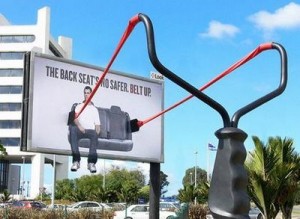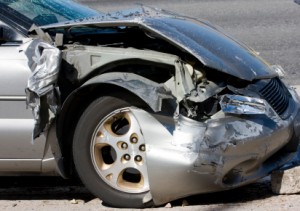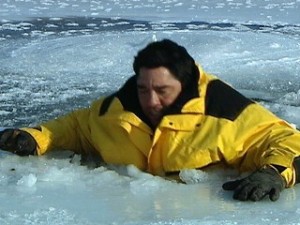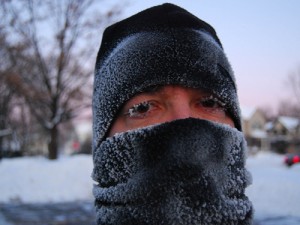 In a study, published in the Jan. 21 issue of The Journal of the American Medical Association, researchers looked at the association between the death of a car occupant and the use of restraints, either a seat belt or child car set, of another occupant in the same car based on fatal accident data from the National Highway Traffic Safety Administration.
In a study, published in the Jan. 21 issue of The Journal of the American Medical Association, researchers looked at the association between the death of a car occupant and the use of restraints, either a seat belt or child car set, of another occupant in the same car based on fatal accident data from the National Highway Traffic Safety Administration.
The found the risk of death was higher for the other occupants of the car if someone else was unrestrained, no matter where they were sitting. For example:
- For someone in the front seat wearing a seatbelt, the risk of death rose by 20% if someone behind them was unrestrained.
- For a restrained passenger in the rear seat, the risk of death increased by 22% if someone in front of them was unrestrained.
- For someone with a seatbelt on one side of the car, the risk of death rose by 15% if someone in the same seat row was unrestrained.
Based on those findings, researchers say that use of a seatbelt among rear-seat occupants could prevent about one in six deaths of front-seat passengers caused by car crashes.









